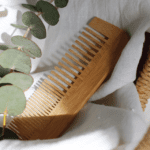
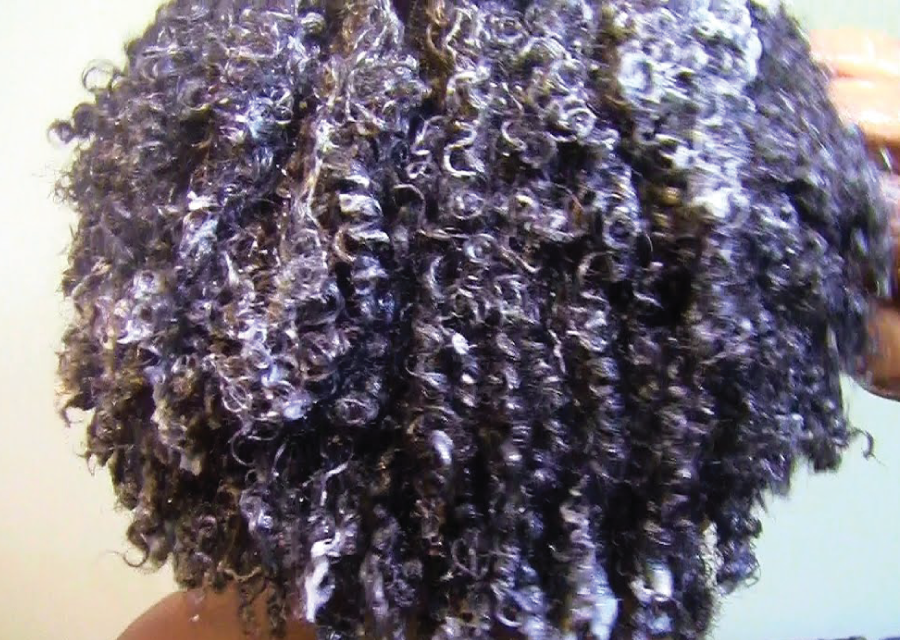
How to wash African Hair
Due to the rumors that frequent washing will only worsen the condition of African hair, many black women end up fearing shampoos and other hair care products. However, there is absolutely no truth to these rumors. Regardless of how fragile your hair might be, it will not suddenly fall out in clumps just because of a little shampoo and water. In truth, your hair needs that added water in order to keep it healthy. Also, your hair needs to be exposed to a little water for all of those moisturizing conditioners and serums to really take effect. After all, they only help seal in the moisture from water and cannot produce the moisture themselves. As long as you treat your hair gently, you will find that it can actually grow stronger and healthier with each wash. Maintaining an after shower care routine can also ensure that you will be moisturizing your hair and not depleting its nutrients.
The Shampoo Routine
African hair is delicate by nature, so it needs a shampoo that is not only effective, but gentle as well. You should also use it sparingly since excessive shampooing can lead to dryness and breakage. Before stepping into the shower, make sure that you have already removed all of the tangles and knots in your hair. A wide toothed comb will be gentle enough for the job. Start by loosening the tangles from your ends with your fingers and work your way up to your roots with the comb. Step into the shower after you have removed all the tangles. Make sure that your hair is deeply saturated with water before applying a dime-sized amount of shampoo. Work the product into a lather and scrub it into your scalp. You should massage the shampoo to your scalp instead of your hair since it is meant to clean your scalp and not dry out your hair. The stimulation can also encourage your follicles to grow as well as dislodge any dead skin cells from your scalp. After sufficiently cleaning your scalp, rinse your hair to remove all the shampoo and bubbles. Rinse your hair twice if you feel that there is any residue remaining on your scalp. When you are done, use your hands to squeeze out the excess water gently, instead of wringing it out with a towel.
The Conditioning Routine
After you have cleaned your scalp with the shampoo, it is now time to bring back the lost moisture to your hair with a moisturizing conditioner. Shampoo can strip your hair of its natural oils so you need the conditioner to supply you with that much needed moisture. Nevertheless, you should not attempt to apply conditioner directly to your scalp. Instead, focus your application on the ends of your hair and work your way up to the roots. Getting conditioner into your scalp could lead to itchiness and dandruff. While waiting for the conditioner to set in, you have the option of keeping your hair up in a shower cap or applying a little heat for better penetration. A steamer will help open up the hair follicles and allow the conditioning treatment to penetrate deeper into each strand. After the allotted waiting time, rinse out the conditioner while retaining a small amount of product in the hair. Again, do not use a towel on your hair and gently squeeze out any excess water with your hands instead.
The After Care Treatment Routine
For African hair, the after-care treatment is just as beneficial if not more than beneficial as the cleaning shampoo routine. Using a leave-in conditioning product is the key to healthier and softer hair. The leave-in conditioner can help lessen flyways and control frizz during humid seasons. It also decreases tangles in your hair by adding a layer of moisture and protection against static. It protects hair from the direct effects of styling products and techniques so that it can remain manageable and soft to the touch. Although there are various leave-in conditioners available in the market, you can also make your own conditioner using various natural oils and butters. The best and most moisturizing treatments that you can use on your fragile hair ends are Shumie hair growth oil and Shumie hair rejuvenating oil. However, if your hair is too fine to handle these heavy conditioners, you might be better off with a foam conditioner that will not weigh it down.
The Drying Routine
Generally, air drying is the safest and gentlest way of drying your hair. However, it can take a while so it is suitable for hair types that do not need to be styled afterwards. Bonnet drying involves using a bonnet to dry your hair while giving it a little more shape and shine. It is recommended for those with relaxed or straightened hair since it can help set it without the risk of damage. Finally, the last drying method involves the use of a blow dryer to apply direct heat to your hair. It is the fastest but also the most damaging drying method. As much as possible, set a limit on the number of times that you will use a blow dryer. Opt to air dry your hair to keep it healthy
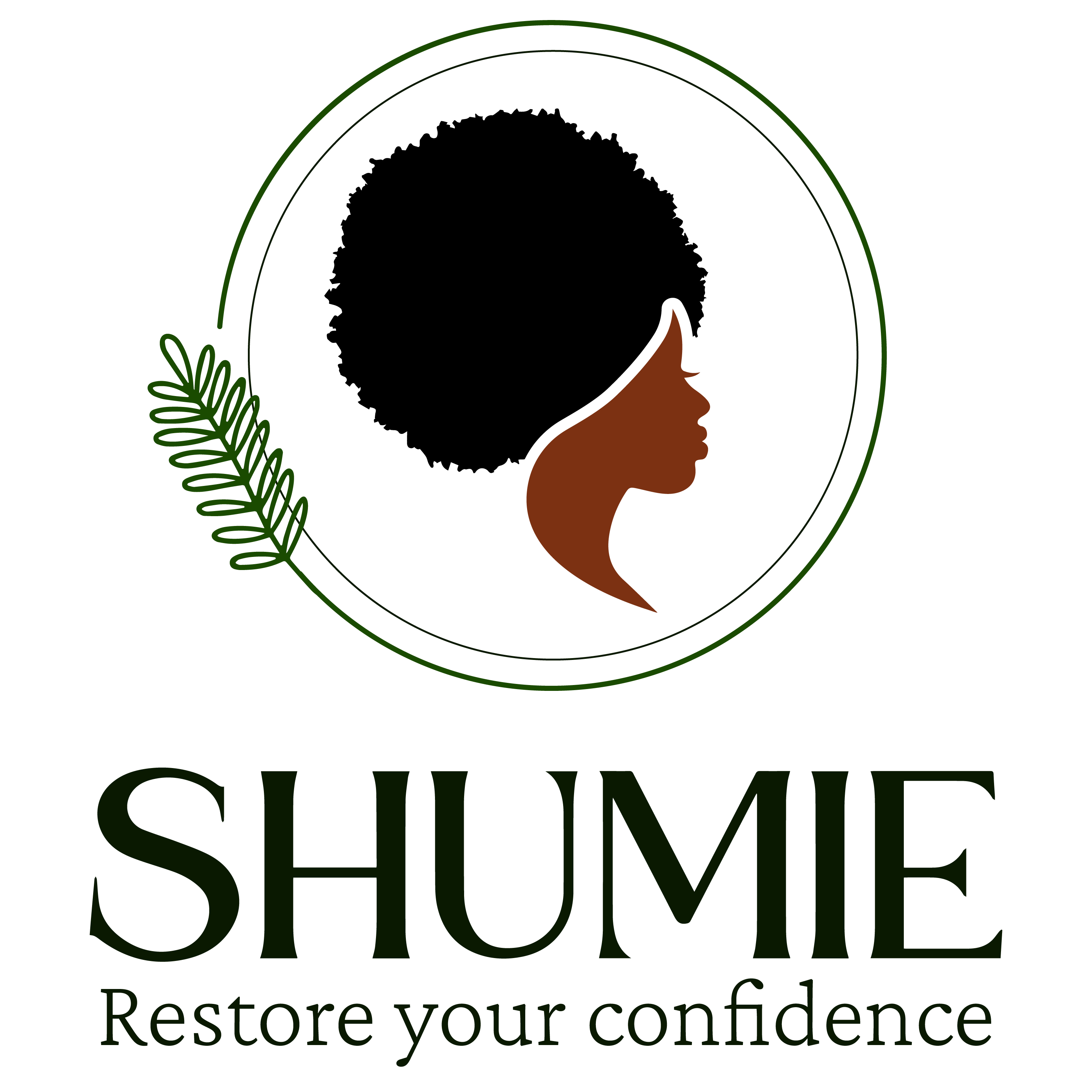

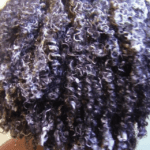
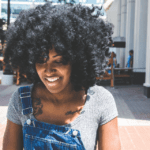
2 thoughts on “How to wash African Hair”
Thank u for this info
I am really impressed with your writing skills and also with the layout on your blog. Is this a paid theme or did you customize it yourself? Either way keep up the nice quality writing, it’s rare to see a nice blog like this one nowadays..